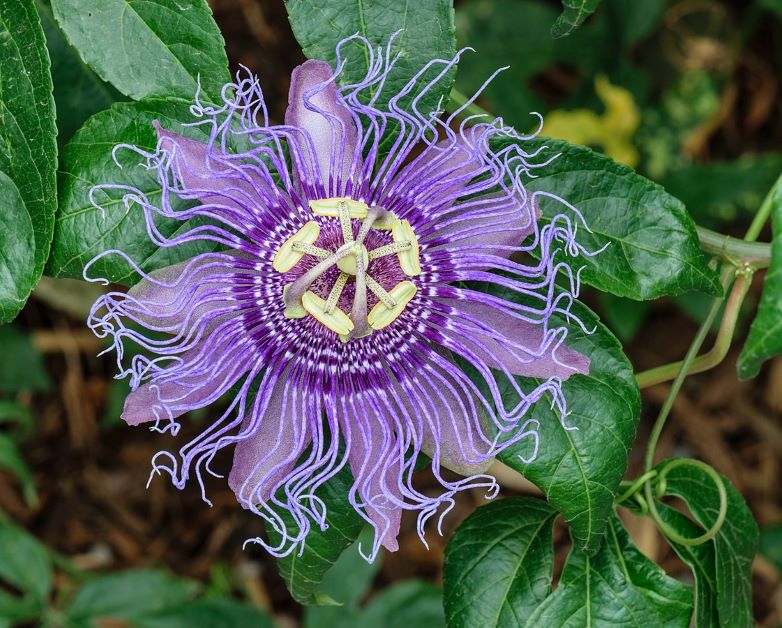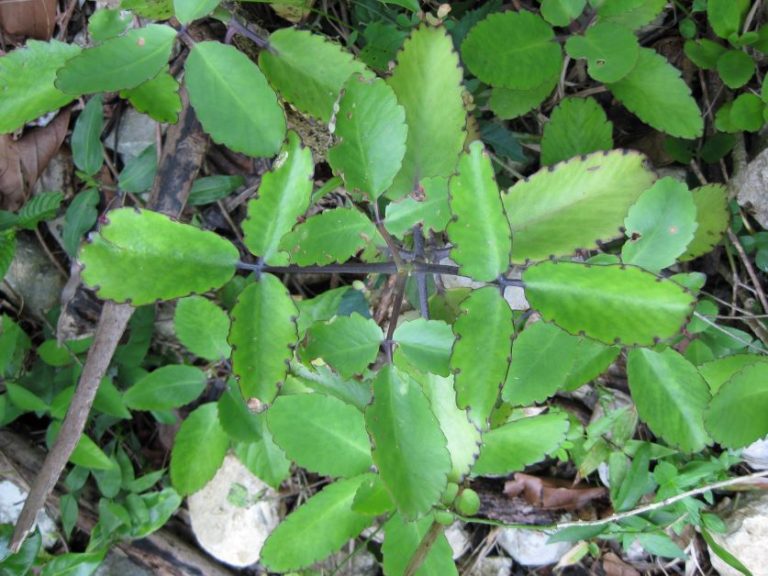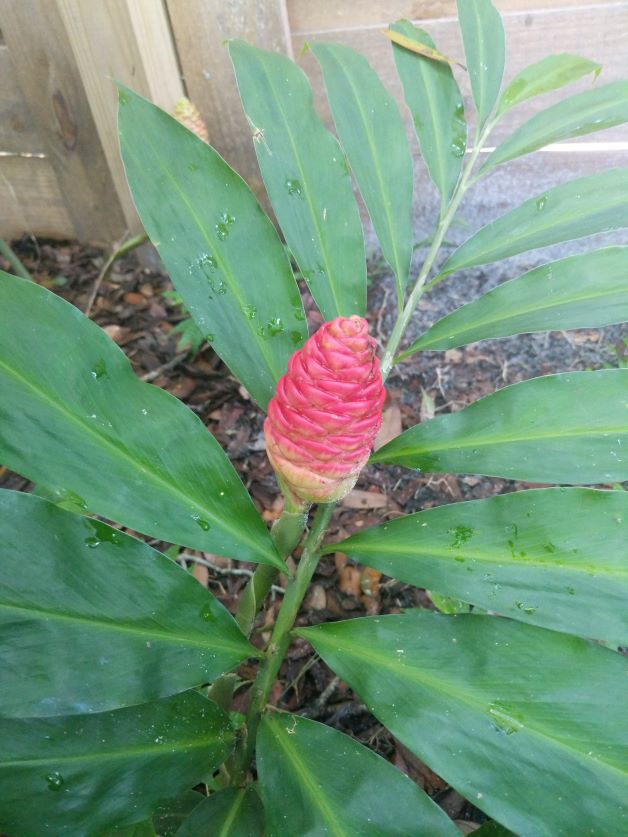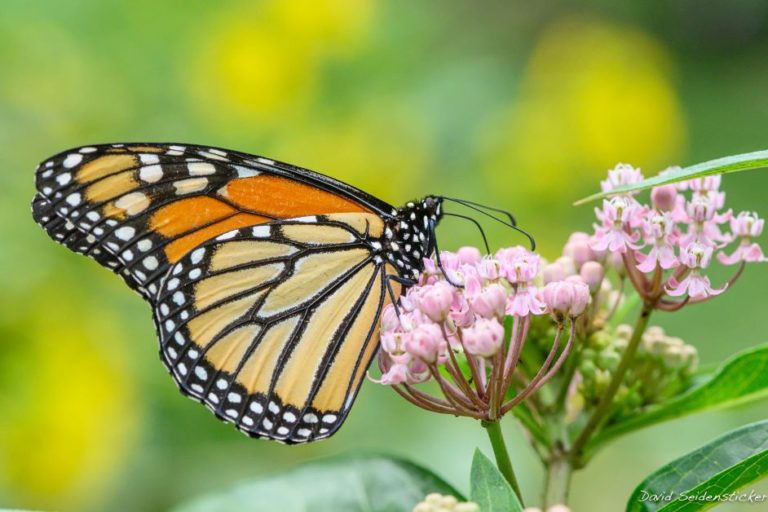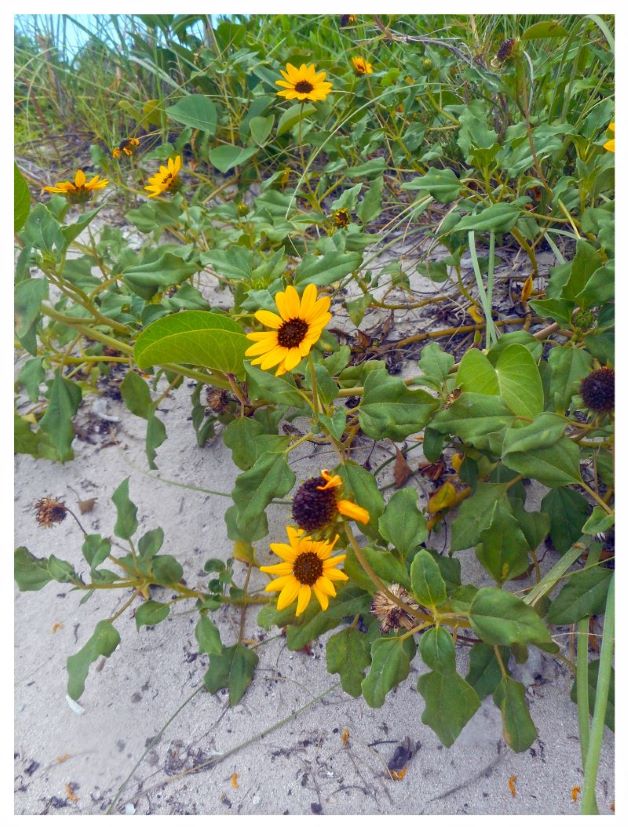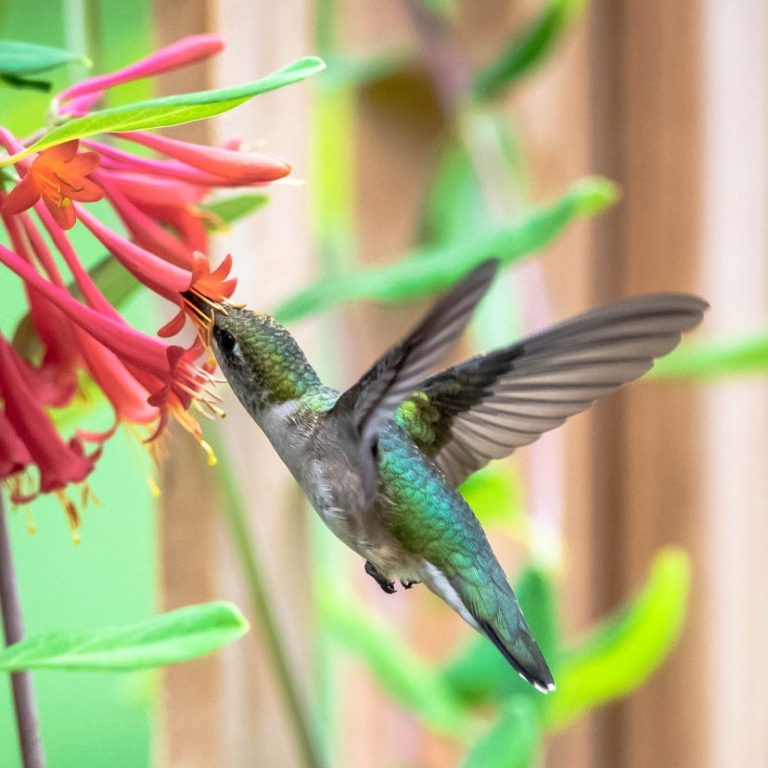How to Grow Passionflower Vine
What is Passionflower Vine?
Passionflower (Passiflora) is a show-stopping ornamental plant that is sometimes used for edible and medical purposes. There are more than 500 different species of plants in the Passionflower family. The most common types of Passiflora are vines but some are shrubs or trees.
A few common names for passionflower vine include passionfruit, passionfruit vine, maypop, passion flower, and granadilla. Most use the names passionfruit and passionflower interchangeably.
The passionfruit vine flower is one of the most unique in the natural world. It comes in many different colors including purple, red, blue, pink, white, orange, and yellow. The most common passionflower vine for the home gardener is the Passiflora incarnata, or purple passionflower.
Florida Native Passionflower Vines
Purple Passionflower (Passiflora incarnata)
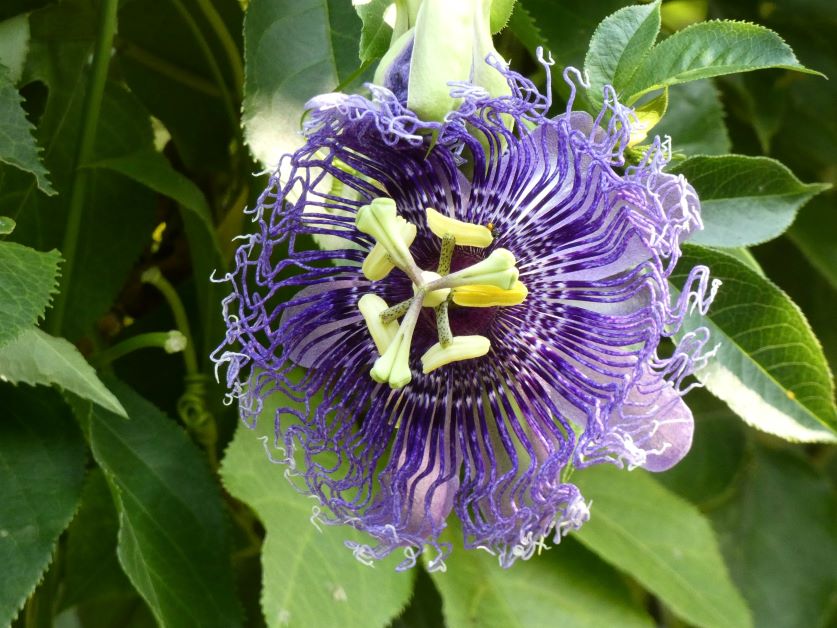
Yellow Passionflower (Passiflora lutea)
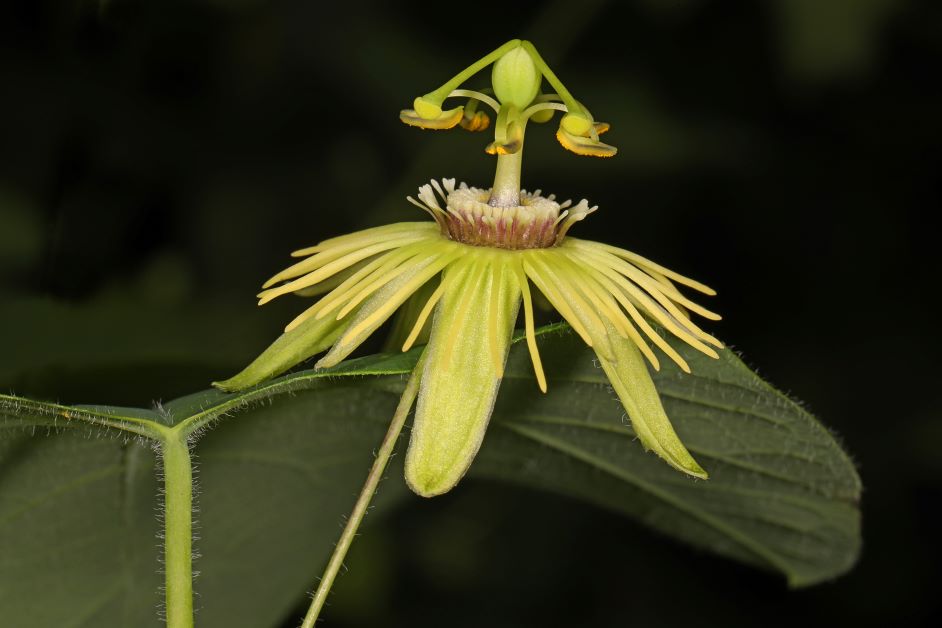
Corkystem Passionflower (Passiflora suberosa)
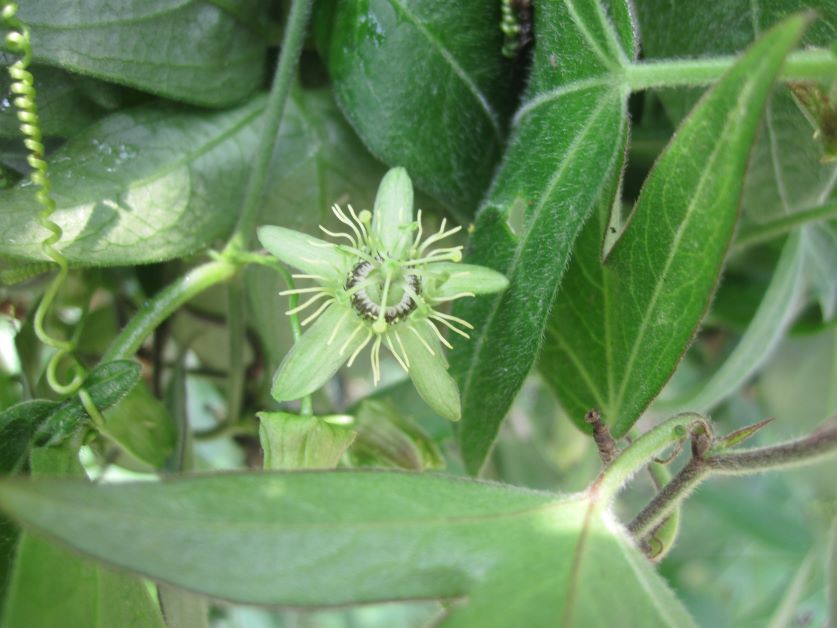
White Passionflower (Passiflora multiflora)
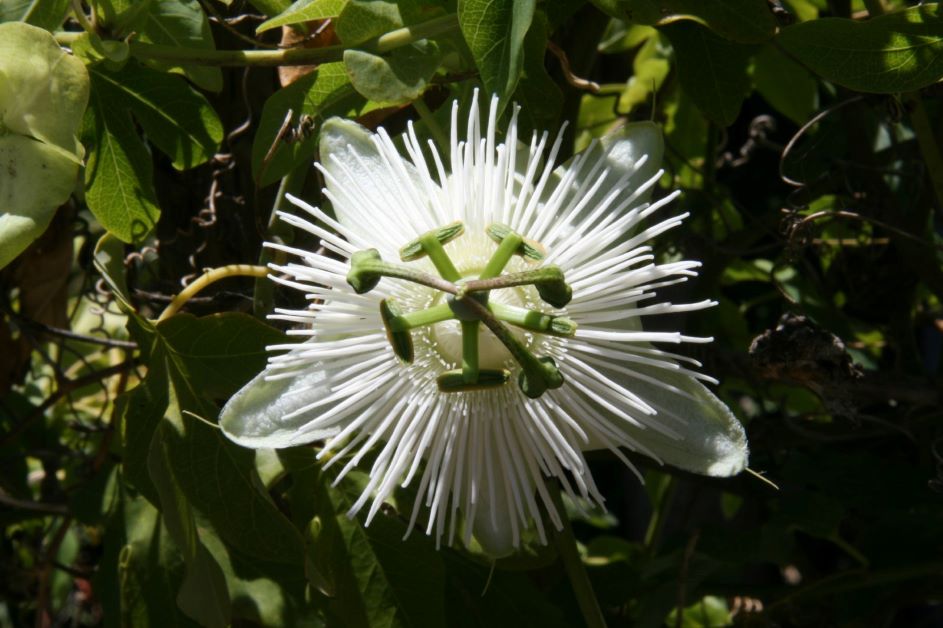
Pineland Passionflower (Passiflora pallens)
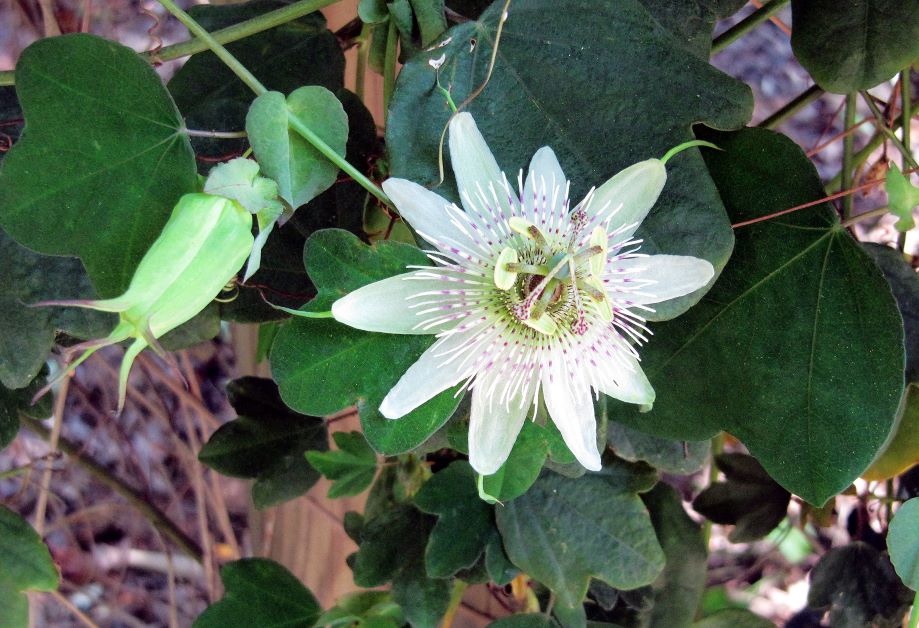
Goatsfoot (Passiflora sexflora)
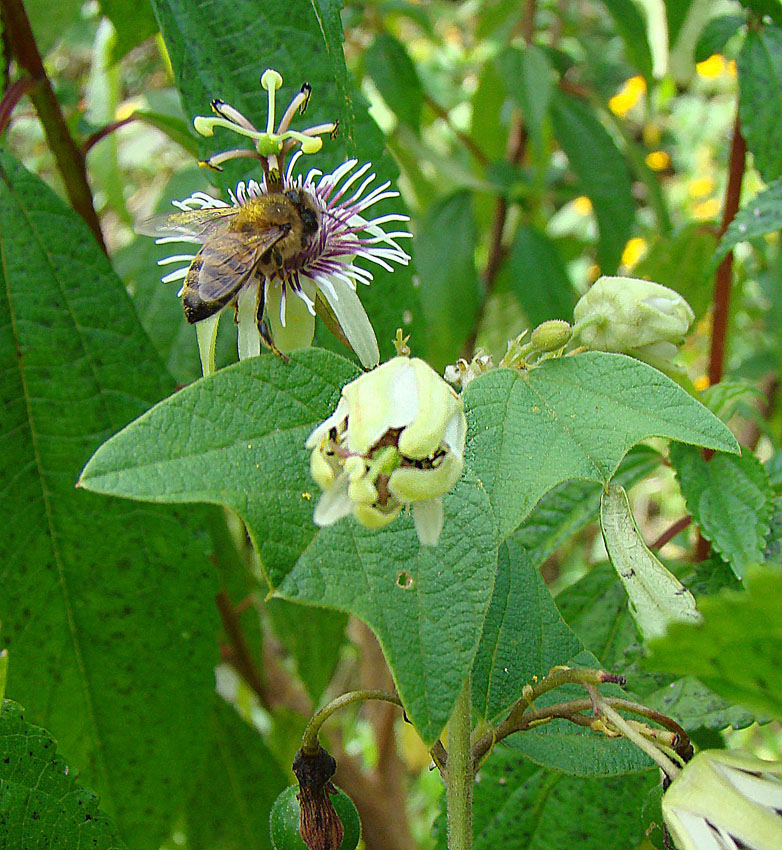
How to Grow Passionflower Vine from Seed
Passionflower vine seeds don’t have a very high germination rate, so you may want to grow this plant from cuttings instead. If you’re up for the challenge and want to give it a try, then follow these steps:
- Try to get the freshest passionflower seeds you can. The older the seeds, the longer they take to germinate (if they germinate at all).
- Scarify your passionflower vine seeds by gently rubbing them a little bit on a piece of sandpaper. Soak your seeds in water overnight. Throw away any seeds that float.
- Fill a seed-starter tray with a high-quality potting mix and pat your seeds on top of the soil. Don’t bury the seeds or they won’t germinate. The seeds need humidity to sprout, so use a domed seed-starter tray. Be sure to keep your seeds warm, around 75F.
- It can take 20 days for your seeds to sprout. Keep your soil moist but not soggy. Your seeds will do best with indirect or dappled light.
- Once they grow a few true leaves, you’ll need to harden off your seedlings. Gradually increase the amount of sunlight you give them each day. Keep an eye on your seedlings and if they look like they’re starting to suffer, pull back on the sunlight and let them recover.
- Transplant when the plant has 6-8 true leaves and when the plant seems strong enough to take the shock.
How to Grow Passionflower Vine from Cuttings
It’s much easier to propagate passionflower vine from cuttings than it is to start them from seed.
- Fill a 1-gallon pot with a high-quality potting mix. It’s important that the pot has drainage holes through the bottom.
- Using a clean, sharp pair of pruning shears, cut a 4-6 inch long piece of vine off from the main plant. Make sure the cutting has a few leaves on it.
- If you’d like to use rooting hormone, now is the time to do so. Dip the end of your cutting into the rooting hormone, and then plant the cutting into the pot about 2 inches deep. Using rooting hormone is personal preference. Passionflower is a vigorous grower that should take off with or without it.
- Water your cutting and keep the soil moist but not soggy. Keep your pot in indirect light and keep it warm.
- In about 2 weeks, you should see new growth. When the cutting looks hearty, transplant it to the ground or a larger pot.
Passionflower Vine Growing Zones

Passionflower vines are tropical plants. Most varieties are hardy from zones 6 through 11, although a few will grow as north as zone 5. Unless you live in the warmest zones (9-11), your passionflower will die back during winter and re-emerge around May.
If you live above zone 5, I recommend that you grow your passionflower in a container. A long, hard frost will kill the root structure of your passionflower vine. Unless you want to replant it in spring, you should bring your container inside during the colder parts of the year.
Passionfruit Vine Care
Temperature
The ideal temperature range for passionflower is 68-82F. They won’t immediately die off if the temperatures dip to the 40s but if you live in a cooler region, you may want to mulch in your passionflower to help retain heat in your soil. Passionflower vine is frost tender.
Sun
Passionflower vine prefers full sun to part shade. If you’re growing passionflower in Florida, it’ll benefit from some sun protection during the hottest parts of the year.
Do keep in mind that the more shade you give your passionflower vine, the less it will produce flowers.
Water
How much you water your passionflower vine depends on the time of year and part of the world you live in. In general, passionflower likes to stay slightly moist but not soggy. Give your passionflower vine a good watering a couple of times a week, but check it often during the hottest, driest parts of the year.
Soil
As long as it’s well-draining, passionflower vine isn’t too picky about its soil. For best results, grow your passionflower in fertile soil that has a pH of 6 to 8. It also needs deep soil to allow its extensive root system to grow and spread.
Spacing
Giving your passionflower vine enough space is important – this is a big plant. A mature passionflower vine can grow up to 30 feet tall and 6 feet wide. You’ll need to give your passionflower something to crawl on like a trellis, fence, or other structure.
Not only does passionflower vine crawl up towards the sky, but its root system also grows laterally (from side to side) under the ground. This makes passionflower spread, and baby vines will pop up all around the main plant. For some people, this isn’t a big deal but you may find yourself pulling shoots out of your lawn to keep it contained.
Fertilizing
Passionflower vines are a wild plant and for the most part, they don’t need much special care. Other than amending your soil, I recommend leaving your passionflower to grow without too much human intervention, if you can.
Start your vine strong by amending your soil with kitchen scrap compost about 2 weeks before planting. If you live in an area where your passionflower vine grows as a perennial, then amend about 2 weeks before spring. Carefully rake in kitchen scrap compost, taking care not to go so deep that you disturb your plants’ root system.
If your soil is very nutrient deficient, you can use organic flower fertilizer or organic bone meal once or twice during the growing season. Be sure to follow the instructions on the package – incorrect fertilizer application can hurt rather than help.
If you find yourself growing a lot of passionflower vine leaves but not many blooms, you may be giving your plant too much nitrogen. Take care to not over-apply commercial fertilizers.
Pruning
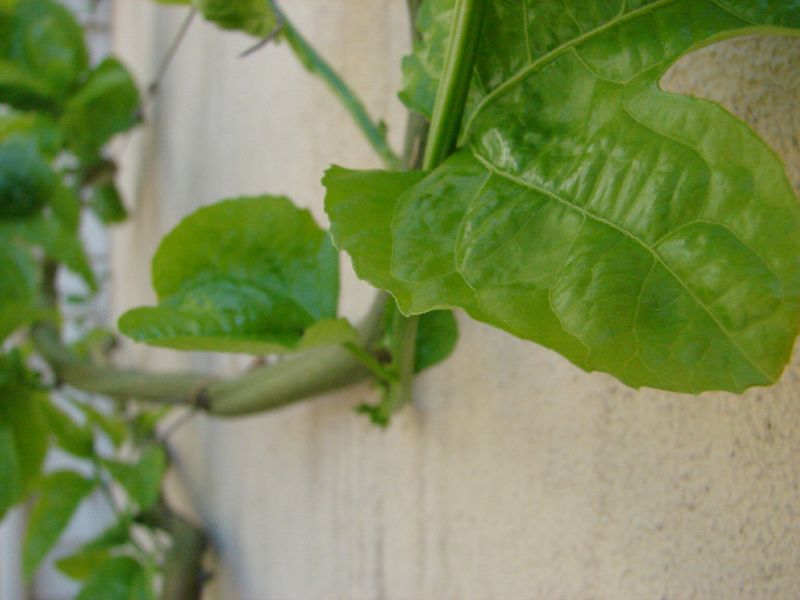
Passionflower is a vigorous grower. Most people use it as a living wall to cover fences or trellises. For that reason, most people let their passionflower vine ramble unimpeded unless it gets out of control.
Instead of continuous pruning, most gardeners give their passionflower 1 hard prune once a year, when the vine dies back during the fall/winter. Hard pruning is easy – find your passionflower’s main vine and cut it off right above ground level. After that, you should be able to pull your vine down by hand.
How Long Does it Take for Passionflower Vine to Flower?
Some passionflower species can take more than 3 years to bloom after planting, so you may need to be patient.
Is Passionflower Vine Invasive in Florida?
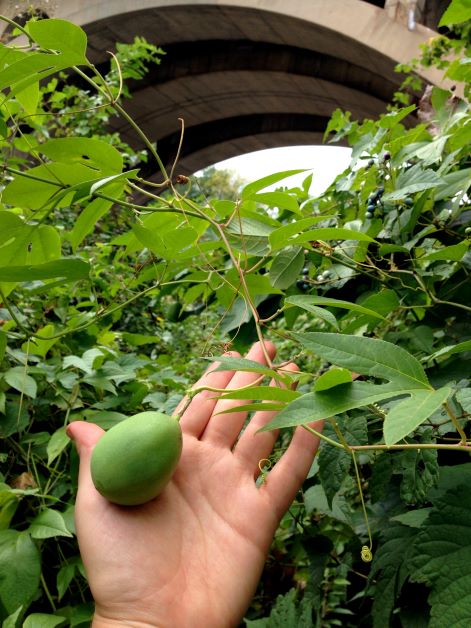
In Florida, passionflower vine is considered a category II invasive species. A category II invasive species are plants that have “an increase in abundance or frequency but have not yet altered Florida plant communities to the extent shown by category I.”
In layman’s terms, this means that scientists are watching passionflower to make sure it doesn’t become problematic.
What does this mean for the home gardener? Passionflower vine is a crawling, sprawling vine that can quickly take over an area. It also pops up from the ground all around where you originally planted it. It moves and refuses to stay in one spot. For some, this is a blessing but for others, it’s a curse. Just be aware that wherever you plant passionflower, more vines will follow.
What Other Fruit Are Native to Florida?
Check out my list of Top 10 Florida Native Fruit for more tasty and rare edible plants you should add to your subtropical garden.
Featured Image Photo Credit: GPA Photo Archive

